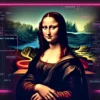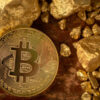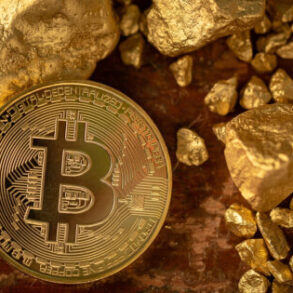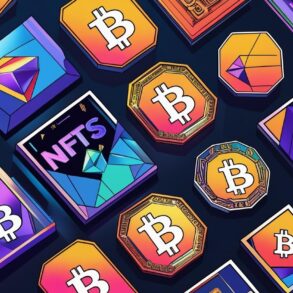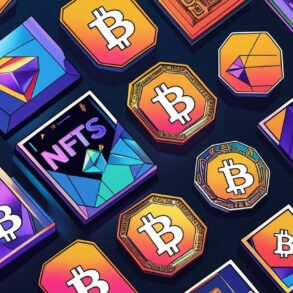In an effort to safeguard Poland’s cultural heritage, Bank Pekao, Poland’s second-largest bank, has launched an innovative project, Archiv3. In partnership with blockchain platform Aleph Zero, the initiative seeks to digitise and tokenise important Polish artworks, preserving them for future generations by storing the code in an Arctic vault.
This novel project showcases how modern encryption technology can intersect with traditional cultural preservation. Through the process of digitisation and tokenisation, physical assets like art are linked to digital tokens on a blockchain, thereby ensuring their secure storage and ease of access while providing additional layers of protection.
Bank Pekao’s commitment to preserving Poland’s artistic legacy includes the digitisation of works by renowned artists such as Jan Matejko and Stanisław Wyspiańskim, pieces that are being securely stored on the eco-friendly Aleph Zero blockchain.
The digitisation process involves state-of-the-art 3D scanning technology to create museum-quality digital replicas of famous Polish paintings. These scans, stored with non-fungible tokens (NFTs), guarantee transparency, immutability, and durability—qualities that are fundamental to the blockchain architecture. This means that these digital artworks will be preserved as they are, free from alteration, for future generations to study and appreciate.
Anna Wawrzynczak-Palynyczak, vice president of the bank’s management board, emphasised the importance of merging tradition with cutting-edge technology. “Bank Pekao has been associated with art almost from the beginning of its activity, having in its resources works of the most outstanding Polish artists. As a patron of art, it makes it available and promotes it,” she said.
Wawrzynczak-Palynyczak noted that the move toward blockchain technology in preserving art aligns with Pekao’s broader objectives. “At the same time, we look to the future, focusing on young artists and new technologies. We combine the Bank’s 95-year history guaranteeing security with modern solutions that are to provide our customers with the highest quality of services. Tokenisation is an opportunity for the development of the investment market,” she added.
One particularly original aspect of the Archiv3 project is the storage of these digital artworks in the Arctic World Archive (AWA), located in Svalbard, Norway. The AWA is a facility designed to safeguard important cultural and scientific data from natural disasters and cyberattacks. Among its stored treasures are digital versions of manuscripts from the Vatican Library and documents from Unesco, which will be joined now by tokenised artworks by Polish masters.
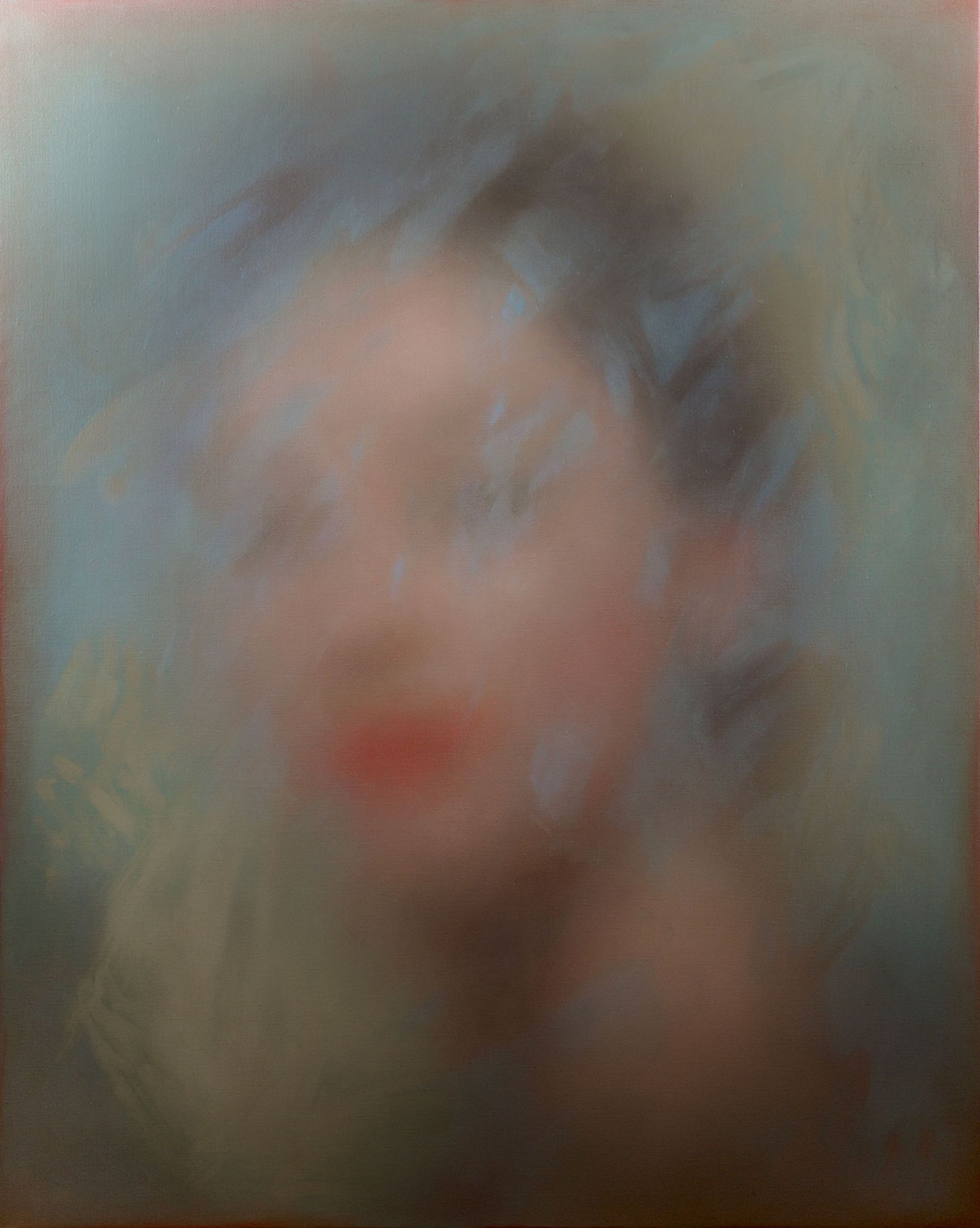
“A profound new way of preserving art”: Lia Kimura, Mirror of the soul, 2024. Kimura is one of the artists whose work is being tokenised by Bank Pekao and Aleph Zero as part of its programme of preserving Poland’s cultural heritage
For Bank Pekao, the combination of blockchain technology and secure archiving in a remote Arctic vault represents a unique way to future-proof Poland’s cultural heritage. As Wawrzynczak-Palynyczak noted, “Through ARCHIV3, we show the synergy of traditional art and modern technological solutions and the possibility of securing valuable data based on the most modern solutions.”
Lia Kimura, an artist whose work Mirror of the Soul is among those being tokenised by Bank Pekao, shared her thoughts on the project with The Art Newspaper. “As an artist who often explores existential themes like the impermanence of life or the connection between different times and eras, the advent of blockchain offers a profound new way of preserving art that transcends traditional notions of time,” she said. “Blockchain’s immutability ensures that digital works remain untouched and unaltered, allowing them to exist as they were created, long after we’re gone.”
Kimura also addressed concerns about the potential barriers that blockchain might create for art preservation. “To those who argue that blockchain and digital scarcity create new barriers, I would say that any medium of preservation carries its own set of challenges. What is important is how we adapt and use these technologies to serve the broader goal of continuity and memory.”
.
This post was originally published on this site be sure to check out more of their content

